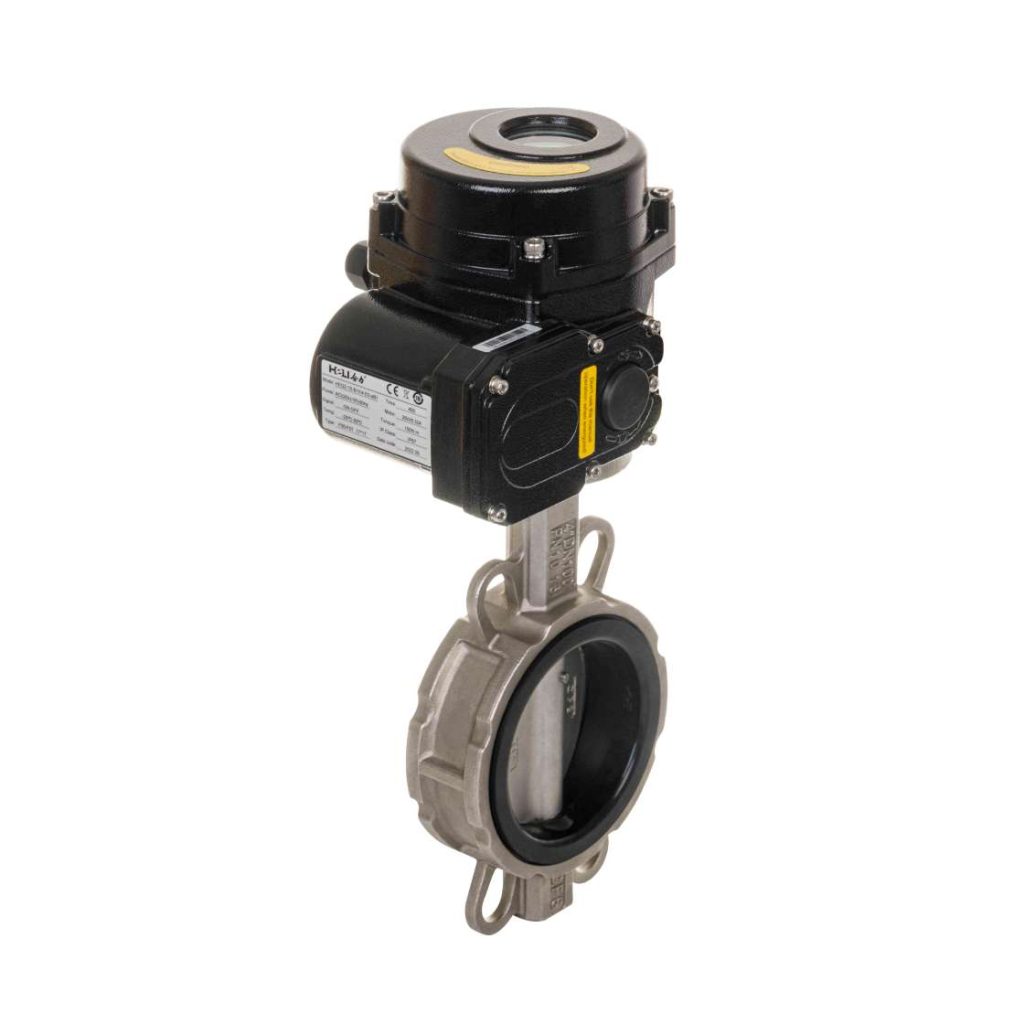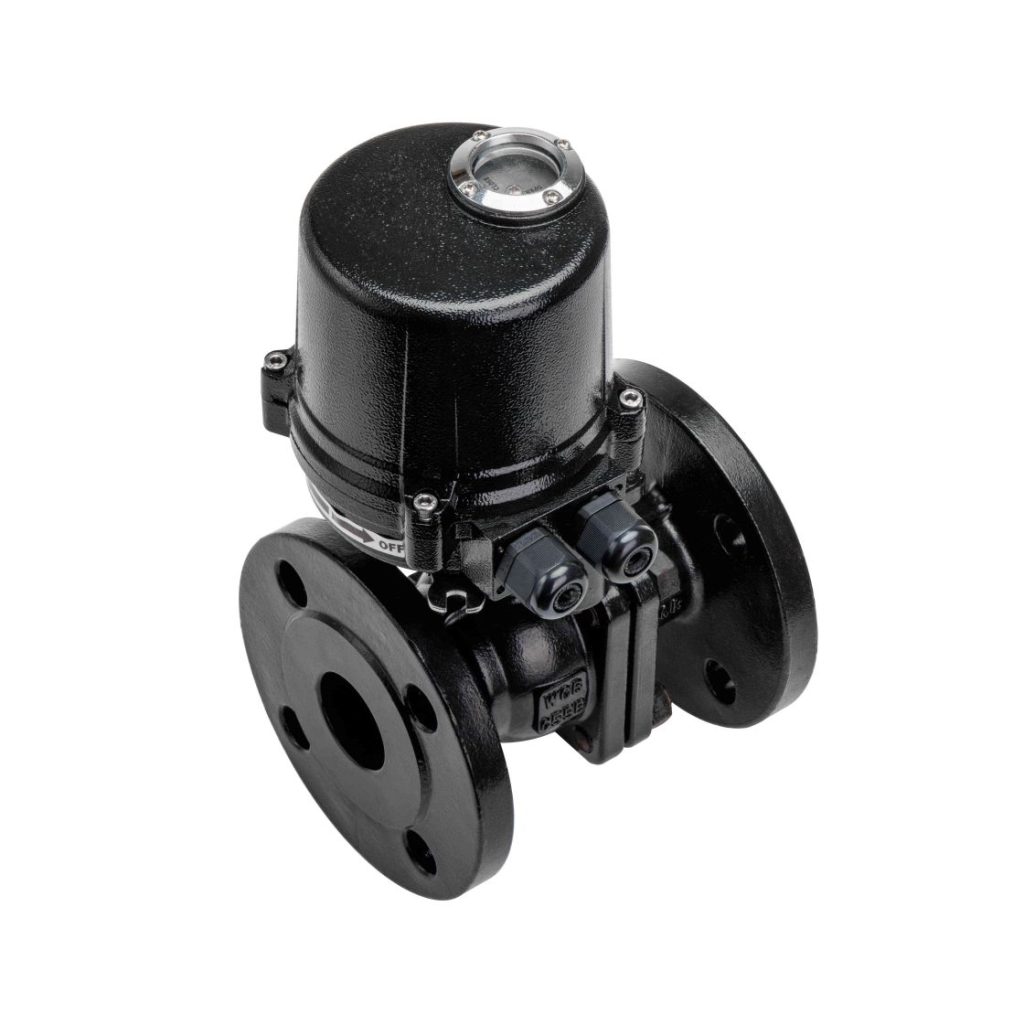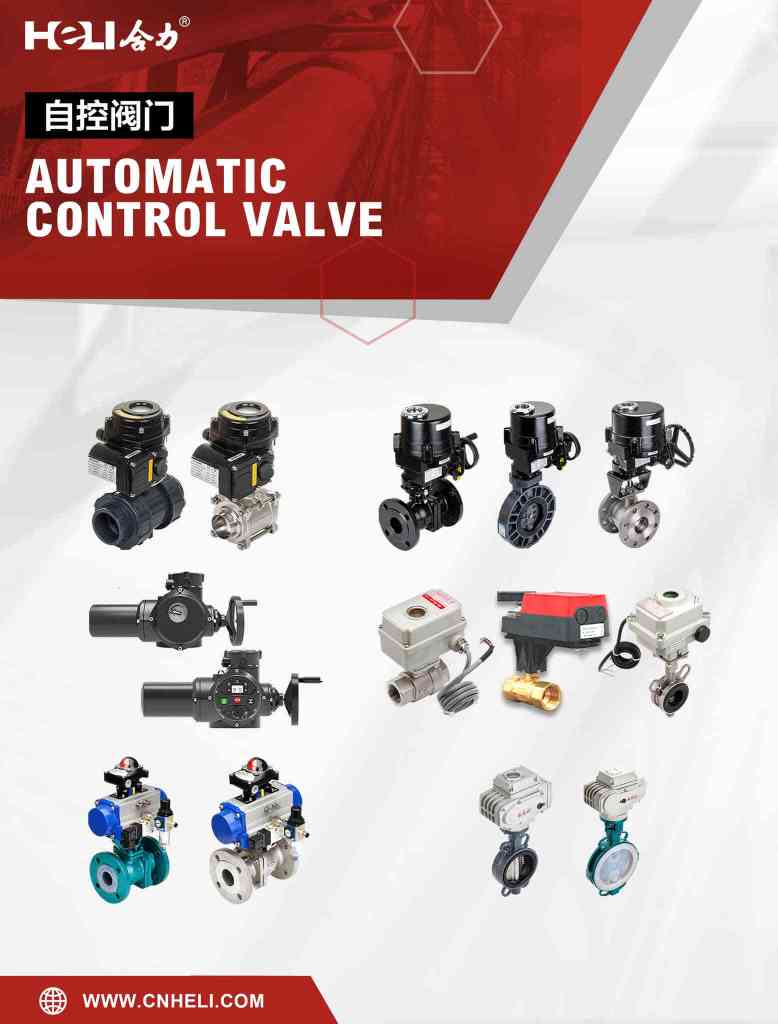Electric valves, or electric actuated valves, are a critical component in modern automation and control systems. These valves use electrical energy to open or close a valve mechanism, controlling the flow of liquids, gases, or other media in a wide variety of industries. From water treatment plants to oil and gas facilities, electric valves offer significant advantages in terms of efficiency, precision, and ease of integration into automated systems. In this article, we will explore the working principles of electric valves, their applications, and the benefits they bring to various industries.

What is an Electric Valve?

An electric valve consists of two main parts: the valve body and the electric actuator. The valve body is responsible for regulating the flow of fluids, while the actuator is powered by electricity to move the valve into the desired position—open, closed, or modulated. The actuator converts electrical signals into mechanical movement, which then adjusts the valve’s position, offering precise control over fluid or gas flow. Electric valves can be found in two main types: on/off valves and control valves. On/off valves are used when a simple open/close action is required to regulate flow, while control valves are designed to provide variable control, modulating the flow based on input signals.
